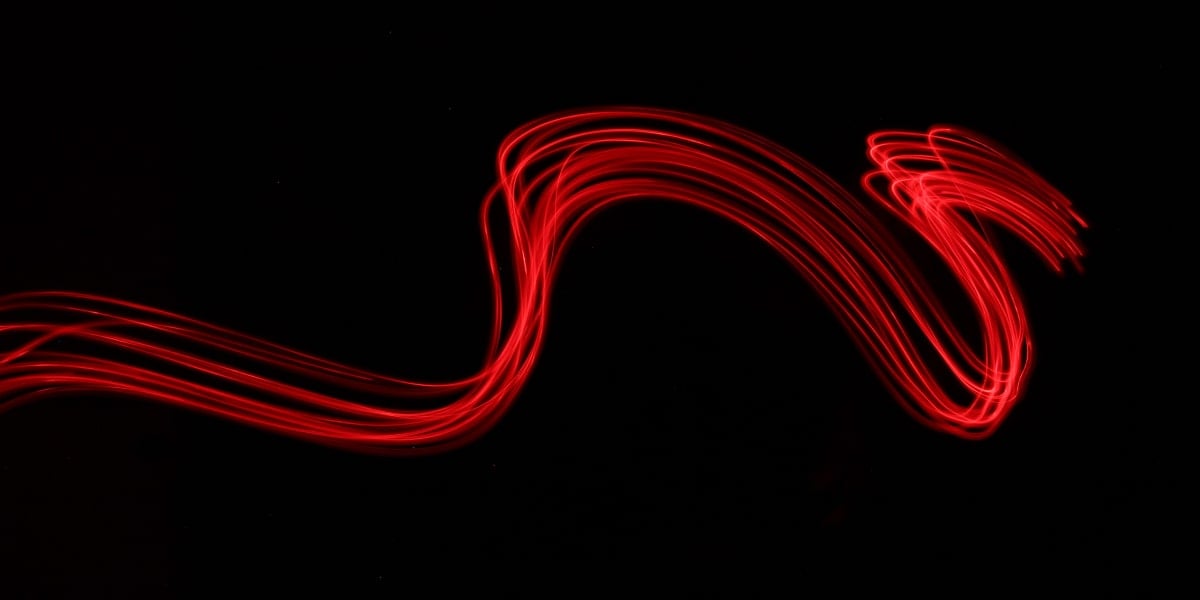The Power of Red Light in Photobiomodulation Therapy
Photobiomodulation therapy uses red and near-infrared light. The color, measured in wavelength, is the key to how photobiomodulation works. Red and near-infrared (NIR) light has an effect on the body to produce more cellular energy that other colors and bright light don’t, and specific wavelengths of red and NIR light offer the highest levels of energy absorption for this safe and effective treatment.
Keep reading to learn more about the power of red light in photobiomodulation therapy.
What is Photobiomodulation?
Photobiomodulation sounds complicated, but it’s actually a simple concept. Photo means light, bio means life, and modulation means change, so photobiomodulation is light used to cause a change in life.
Light of all different kinds plays a huge role in our lives. Just think of winter blues, where fewer daylight hours in the winter impacts the mood and motivation of many people. Photobiomodulation therapy uses certain wavelengths of light to activate and boost natural processes in our bodies, helping the body heal itself and treating the source of the problem instead of masking symptoms.
The Wavelengths: 635nm, 810nm, 850nm, 980nm
Specifically, photobiomodulation uses wavelengths of red and near-infrared (NIR) light, generally one of the following four:
- 635nm (red light)
- 810nm (near-infrared)
- 850nm (near-infrared)
- 980nm (near-infrared)
These wavelengths are used because of their absorbency rate by water. There are peaks in the water/light absorption curve at or near these wavelengths, meaning light is more readily absorbed by water at these colors. Different parts of our bodies are composed of different amounts of water, but on average, the human body is approximately 60% water, making these wavelengths ideal for sufficient energy absorption.
The Mechanism: Produce Cellular Energy
Red and NIR light have been shown to affect the mitochondria, an organelle in all our cells that is responsible for the synthesis and transportation of energy. Photobiomodulation therapy supplies red and NIR light energy, absorbed by the mitochondria, and boosts the production of ATP (adenosine triphosphate), which is the protein responsible for energy transport throughout our cells.
More cellular energy gives more power to the natural processes in our bodies, such as the inflammatory response, which photobiomodulation therapy is most known for assisting. Increased cellular energy along with vasodilation, a temporary widening of the blood vessels, allows inflammatory mediators to reach damaged tissue faster to repair and clear away waste, as well as prevent apoptosis, or programmed cellular death as a result of cellular stress.
Damage and cellular stress can happen on smaller scales than an acute injury like a sprain, such as delayed-onset muscle soreness (DOMS) that happens after a workout. This makes photobiomodulation therapy a great post-workout treatment to prevent muscle soreness and repair minor tears to tissue and prevent the development of more serious conditions like tendonitis, which is caused by repetitive motions and overuse.
Increased cellular energy has a variety of other effects too, like increased collagen and elastin production. These proteins are what produces the bounce and elasticity in our skin. Photobiomodulation therapy is often used to help improve skin texture, from reducing the appearance of fine lines and wrinkles to repairing scar tissue and speeding wound healing.
Continuous Wave & Pulsed Wave Light
Photobiomodulation therapy devices often offer two different light settings in addition to one or more of the wavelengths listed above. These are continuous wave (CW) and pulsed wave (PW) light.
Continuous wave settings supply consistent, unbroken light to the body, often at lower powers to avoid heating the tissue. On the other hand, pulsed wave settings deliver higher powers of light in short bursts that are measured in nanoseconds. Pulsed wave settings are great for delivering more energy deeper into the body without heating the tissue.
Dosage is Key
Photobiomodulation can be a highly customizable treatment with the right device. Multiple wavelengths, as well as continuous and pulse settings, mean more dosage options. The key to success with photobiomodulation therapy is the right light dosage, which varies depending on the condition being treated as well as the person.
Oftentimes, people assume “more” is “better,” however, with photobiomodulation, studies show that more power can be just as ineffective as not enough. Therefore, the ability to use multiple wavelengths, pulse, and power settings to create the right dosage for each individual makes for a more effective and practical device than one with limited settings, even if they’re a higher power.
TheraLight’s full-body light beds offer all four therapeutic wavelengths that can be operated independently or combined, as well as both continuous and pulsed wave settings, including different pulse duration settings. Our light beds are the most versatile on the market with endless dosage options, meaning adding one light bed to your business can add a variety of services that apply to many of your clients.
Click the link below to learn more about TheraLight’s full-body photobiomodulation technology.

